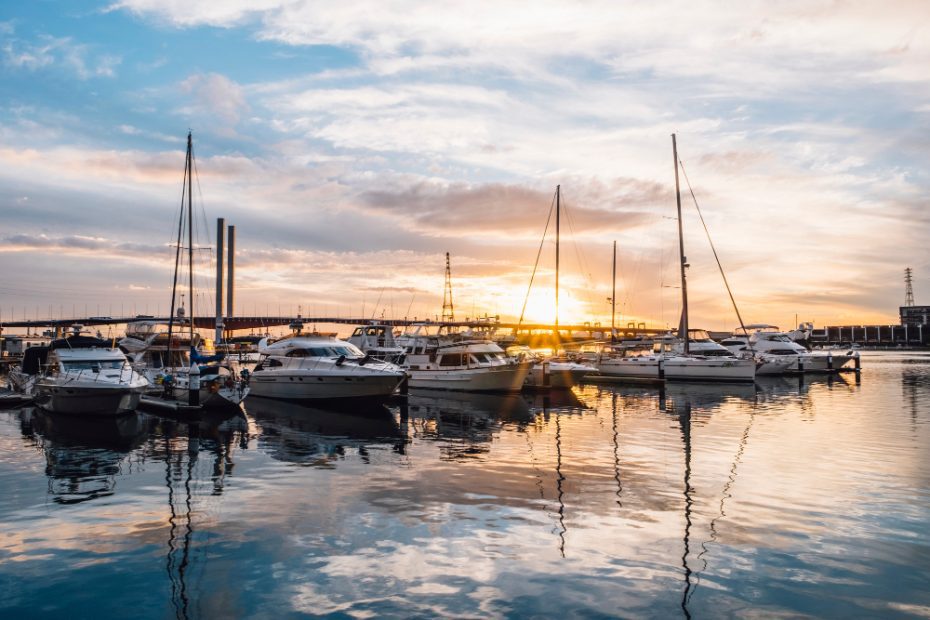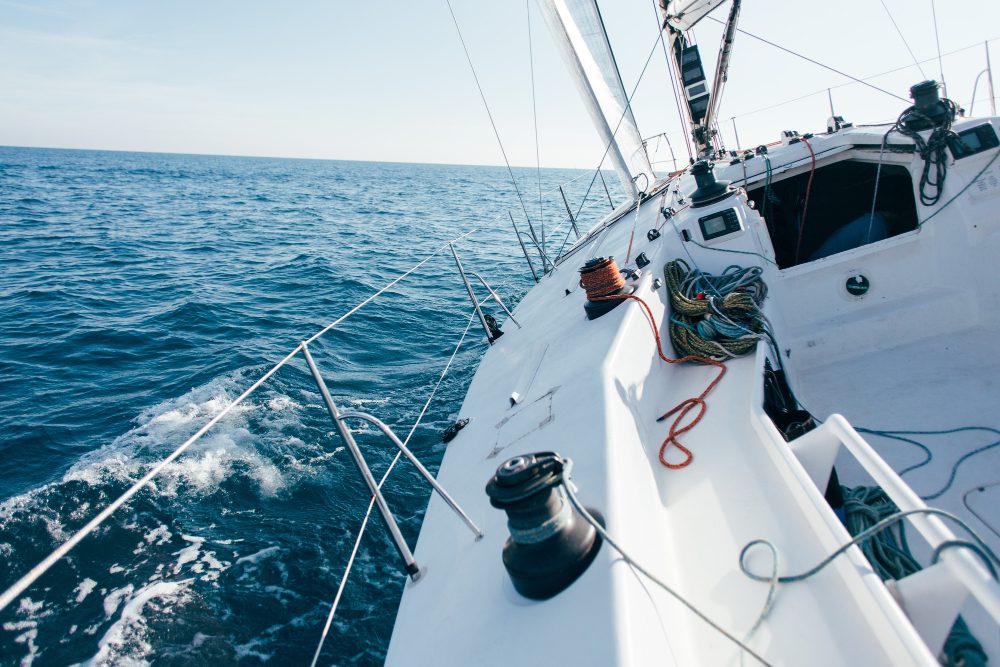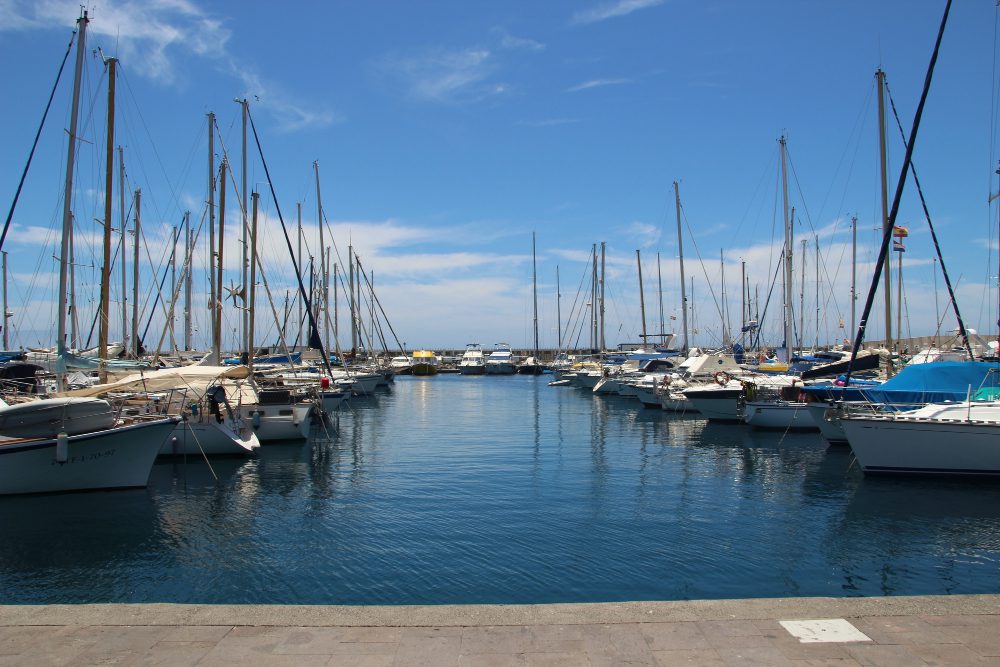What is the turning gear on a marine engine?
The turning gear, also known as the turning device or turning gear mechanism, is an essential component of a marine engine. It is responsible for rotating the engine’s crankshaft when the engine is not in operation. This mechanism ensures that the engine’s internal components remain well-lubricated and prevents any potential damage that could occur from prolonged periods of inactivity.
The importance of the turning gear
Marine engines are often subjected to long periods of inactivity, especially during ship maintenance, repairs, or when a vessel is docked. During these idle periods, the engine’s lubricating oil can settle and drain away from critical parts, leaving them vulnerable to corrosion and wear. The turning gear prevents this by periodically rotating the engine, ensuring that the oil is evenly distributed and providing continuous lubrication to all vital components.
The turning gear also plays a crucial role in preventing any deformation or warping of the engine’s crankshaft due to its weight. By slowly rotating the crankshaft, it helps to distribute the load evenly, preventing any stress concentration that could lead to structural damage over time.
How does the turning gear work?
The turning gear consists of a motor-driven gear train that connects to the engine’s crankshaft. It typically operates at a much slower speed than the normal running speed of the engine. This slow rotation allows the oil to flow freely and coat all moving parts without generating excessive heat or creating any operational hazards.
When the turning gear is engaged, it moves the crankshaft in small increments, usually a few degrees at a time. This slow rotation enables the lubricating oil to reach all engine components, including the piston rings, cylinder walls, and bearings, reducing the chances of any damage caused by dry starts or prolonged inactivity.
Benefits of the turning gear
The turning gear provides several benefits, including:
- Improved engine reliability: By keeping the engine’s internal parts lubricated, it helps to prevent unnecessary wear and tear, increasing the overall lifespan and reliability of the engine.
- Reduced maintenance costs: Regular use of the turning gear reduces the need for frequent maintenance and repairs that may arise from extended periods of inactivity.
- Smoother engine start-ups: Using the turning gear before starting up the engine ensures that all components are properly lubricated, resulting in smoother, more efficient engine start-ups.
“The turning gear is a fundamental component in maintaining the health and longevity of marine engines. Its ability to distribute oil evenly throughout the engine during idle periods is crucial for preventing costly damage and ensuring reliable operation.”
In conclusion, the turning gear on a marine engine is a vital mechanism that helps to maintain the engine’s health and durability during periods of inactivity. By slowly rotating the crankshaft, it ensures proper lubrication and prevents potential damage caused by dry starts or extended idle periods. Incorporating the use of the turning gear as part of regular maintenance practices can significantly contribute to the overall performance and longevity of a marine engine.
Why do boat motors spin backwards?
The phenomenon of boat motors spinning backwards can often lead to confusion and curiosity among boaters. However, there is a logical explanation behind this seemingly counterintuitive behavior. Let’s delve into the reasons why boat motors spin in the opposite direction compared to land-based engines.
Propeller design and torque
One of the key factors contributing to the backward motion of boat motors is the design of the propeller. Boat propellers are designed with a twist that allows them to generate forward thrust when rotated in one direction. This twist is optimized for the flow of water over the blades, ensuring efficient propulsion.
Additionally, the rotation of the boat motor itself generates torque, which is transmitted to the propeller. Due to the application of Newton’s third law of motion, which states that for every action, there is an equal and opposite reaction, the propeller exerts a force on the water, causing the boat to move forward.
Counteracting propeller torque
To counteract the torque produced by the rotating propeller, boat engines are designed to rotate in the opposite direction. By doing so, the rotational forces cancel each other out, resulting in a stable and balanced operation of the boat.
This configuration also helps maintain the boat’s stability while navigating through the water. If both the engine and propeller rotated in the same direction, the boat would experience an imbalance, affecting its maneuverability.
Dual-engine installations
In the case of boats equipped with multiple engines, it is common for the propellers to rotate in opposite directions. This arrangement further enhances the balance and control of the vessel, especially during tight turns.
In conclusion, boat motors spin backwards due to the design of the propeller and the need to counteract the torque generated by its rotation. This configuration ensures efficient propulsion, stability, and maneuverability for boats while navigating through the water.
“Boat motors spinning backwards may seem counterintuitive, but it is a deliberate design choice that optimizes performance and control on the water.” – Boat Enthusiast Magazine
How does a turning gear work?
Introduction
In the world of marine engines, a turning gear plays a vital role in ensuring the smooth operation and maintenance of the engine. A turning gear, also known as a turning device or a barring gear, is an essential component that assists in rotating the engine when it is not in use. Let’s delve into the details of how a turning gear works and why it is necessary for marine engines.
Functionality
A turning gear consists of a motor-driven gear mechanism that is connected to the crankshaft of the engine. When activated, it rotates the crankshaft at a slow speed, typically around 1 revolution per minute (RPM). This rotation serves multiple purposes:
- Prevents deformation: The slow and continuous rotation of the crankshaft prevents it from developing flat spots or becoming deformed due to its own weight.
- Lubrication distribution: Rotating the crankshaft helps in distributing the lubricating oil evenly across the engine’s internal components, ensuring proper lubrication and minimizing the risk of damage.
- Equalizes bearing load: By rotating the crankshaft regularly, the turning gear helps distribute the load on the engine’s bearings, preventing them from developing excessive wear on specific points.
- Prevents corrosion: The movement offered by a turning gear helps prevent corrosion and rust formation on the engine’s internal surfaces, particularly in high-humidity marine environments.
Mechanism
The turning gear is usually controlled via a control panel located in the engine room. It can be engaged or disengaged as required. When engaged, power is supplied to the turning gear motor, resulting in the rotation of the crankshaft. The rotation is typically achieved through the use of gears or a chain drive system, transferring the motor’s motion to the crankshaft.
Did you know? The turning gear also assists in the starting process of the engine by building up the initial momentum required for ignition.
“The turning gear is like a gentle caretaker that ensures the well-being of the marine engine during its idle periods, helping maintain its performance and longevity.”
Conclusion
A turning gear is an indispensable component of marine engines that ensures their proper functioning even during idle periods. By preventing deformation, distributing lubrication, equalizing bearing load, and preventing corrosion, it plays a crucial role in maintaining the engine’s performance and prolonging its lifespan. Understanding how a turning gear works helps us appreciate the intricate mechanisms that keep marine engines in top condition.



